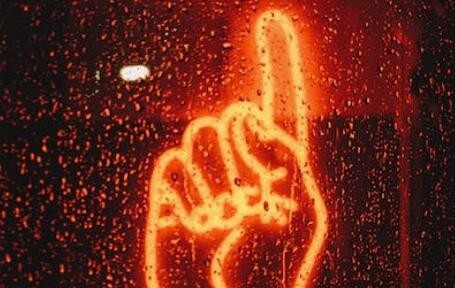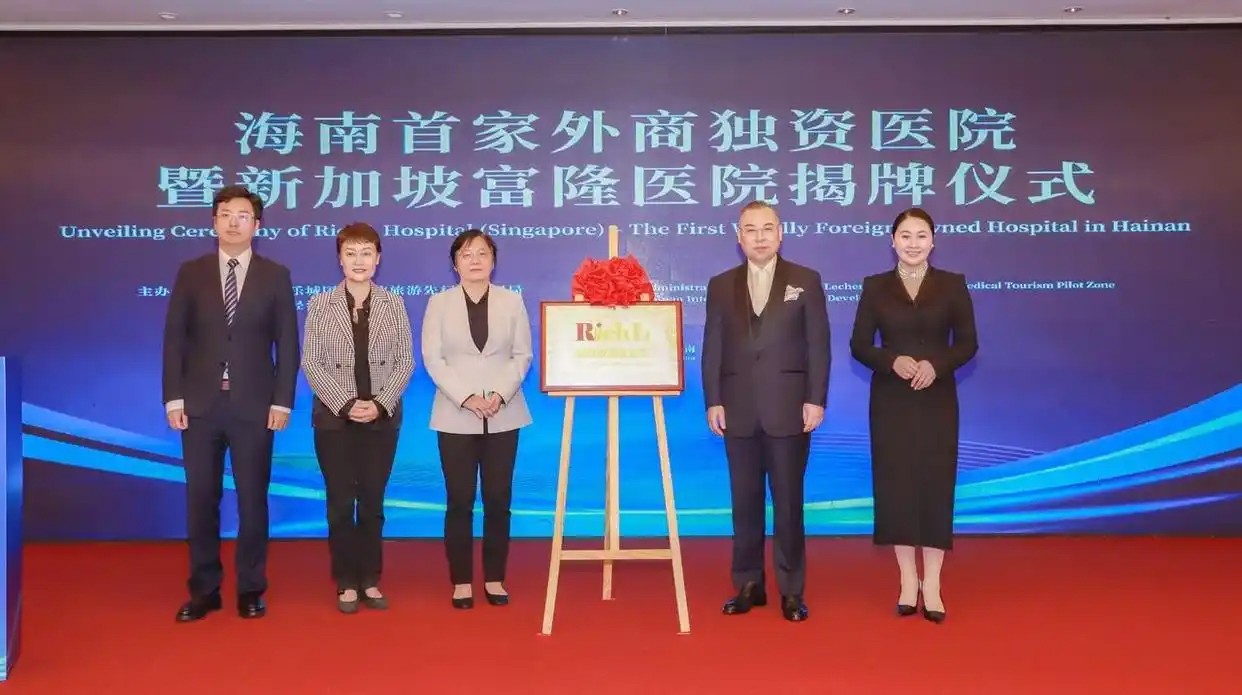如果说这个世界上有完美的实验,那么斯坦福大学化学工程教授Zhenan Bao最近的努力就完全符合要求。
她团队的一位成员,Cheng-Hui Li想要测试他刚刚合成的弹性体的延展性(这种材料是一种橡胶类的塑料)。这种材料通常可以拉伸到其原始长度的两到三倍,还能回弹到它原来的尺度。一个普通的压力测试包括一直拉伸这种弹性体直到超过它的断裂点。
但是Li,一位来自中国的访问学者,遇到了意外的困难:夹具通常测量的弹性只能拉伸到45英寸。想要找到一英寸长的样本的断裂点,Li和另一位实验室成员各持一端,然后各自后退,最后将这个一英寸长的聚合物膜拉伸到100英寸以上。
Bao惊呆了。
“我说,‘这怎么可能?你肯定吗?’”她回忆说。
在今天发表的《自然化学》期刊上,研究人员解释了他们是如何制造这种超弹性物质的。他们还表示,他们可以通过将其暴露在电场中,引起它的扩张和收缩,从而让这个新的弹性体抽动,开发其作为人造肌肉的潜在利用价值。
目前,人造肌肉在消费技术和机器人领域都有应用,但是与真正的肌肉相比,它们有很多缺点,Bao说。目前,用于制造人造肌肉的材料上的小洞或缺陷会让材料失去弹性。如果被刺穿或划伤,它们也无法进行自我修复。
但是这种新材料,除了具有非凡的延展性之外,还具有显着的自愈特性。损坏的聚合物通常需要溶剂或热处理才能恢复性能,但是这种新材料在室温下,即使已经损坏好几天的时间,依然表现出了令人赞叹的自我修复能力。实际上,科研人员发现,它在零下4华氏度(零下20℃)或者在商业冷藏库的温度下也能自我修复。
该团队将新材料的这种非凡的延展性和自我修复能力归因于交叉链接(一种化学粘合法)的一些关键改进。这个过程是指渔网状连接的分子连接成为直链,让聚合物产生了十倍的拉伸能力。
首先,他们设计了一种特殊的有机分子,在交叉链接过程中附着在短聚合物链上,来创造一系列的配体结构。这些配体结合在一起形成长聚合物链——具有内在张力的弹簧圈。
然后,他们在材料中加入金属离子,这些离子对于配体来说具有化学亲和性。当这种复合材料处于受力状态,金属离子和配体之间的化学亲和性就会将网状的分子结构拉紧。其结果就得到了强大的、可伸缩的、自我修复的弹性体。
“聚合物通过金属离子和配体之间的亲和性链接在一起,好像一个大网一样,”Bao解释道。“每一个金属离子至少与两个配体结合,因此,即使一个配体的一端断裂,金属离子仍然可以与配体的另一端相连。当压力被释放时,离子可以很轻松地域另一个配体重新连接,如果它们足够靠近的话。”
研究团队发现,他们可以通过改变金属离子的加入量来调节聚合物,让它变得更有弹性或自愈的更快。这个版本的材料超出了机器的测量范围,例如,通过降低聚合物中铁原子和材料中有机分子的比例就可以创造出新的版本。
研究人员还表明,这种添加金属的新聚合物能够在电场中抽动。他们还要做更多的工作来增加材料的扩张和收缩程度,从而更加精确地控制它。这一研究为未来有前景的应用开启了大门。
除了其作为人造肌肉的长期潜在利用,这项研究还能用于帮助使用假肢的人恢复部分感知能力。在之前的研究中,她的研究团队创造了了灵活但脆性强的聚合物,上面镶有压力传感器,来探测握手和蝴蝶降落的差异。这种新的、耐用材料可以开发成为人造皮肤物理结构的一部分。
“人造皮肤不是由一种材料制成的,”Franziska Lissel说,他是Bao实验室的博士后研究员,也是该研究团队的成员。“我们想要创造一个非常复杂的系统。”
即使在人造肌肉和人工皮肤变成实用性技术之前,这项工作也非常重要,强大、灵活和电子活性聚合物的开发,能够引发新一代的可穿戴电子产品,或者能够制造使用很长时间不需要修理或更换的医疗植入物。
Researchers create super stretchy, self-healing material that could lead to artificial muscle
If there's such a thing as an experiment that goes too well, a recent effort in the lab of Stanford chemical engineering Professor Zhenan Bao might fit the bill.
One of her team members, Cheng-Hui Li, wanted to test the stretchiness of a rubberlike type of plastic known as an elastomer that he had just synthesized. Such materials can normally be stretched two or three times their original length and spring back to original size. One common stress test involves stretching an elastomer beyond this point until it snaps.
But Li, a visiting scholar from China, hit a snag: The clamping machine typically used to measure elasticity could only stretch about 45 inches. To find the breaking point of their one-inch sample, Li and another lab member had to hold opposing ends in their hands, standing further and further apart, eventually stretching a 1-inch polymer film to more than 100 inches.
Bao was stunned.
“I said, 'How can that be possible? Are you sure?‘” she recalled.
Today in Nature Chemistry, the researchers explain how they made this super-stretchy substance. They also showed that they could make this new elastomer twitch by exposing it to an electric field, causing it to expand and contract, making it potentially useful as an artificial muscle.
Artificial muscles currently have applications in some consumer technology and robotics, but they have shortcomings compared to a real bicep, Bao said. Small holes or defects in the materials currently used to make artificial muscle can rob them of their resilience. Nor are they able to self-repair if punctured or scratched.
But this new material, in addition to being extraordinarily stretchy, has remarkable self-healing characteristics. Damaged polymers typically require a solvent or heat treatment to restore their properties, but the new material showed a remarkable ability to heal itself at room temperature, even if the damaged pieces are aged for days. Indeed, researchers found that it could self-repair at temperatures as low as negative 4 degrees Fahrenheit (-20 C), or about as cold as a commercial walk-in freezer.
The team attributes the extreme stretching and self-healing ability of their new material to some critical improvements to a type of chemical bonding process known as crosslinking. This process, which involves connecting linear chains of linked molecules in a sort of fishnet pattern, has previously yielded a tenfold stretch in polymers.
First they designed special organic molecules to attach to the short polymer strands in their crosslink to create a series of structure called ligands. These ligands joined together to form longer polymer chains – spring-like coils with inherent stretchiness.
Then they added to the material metal ions, which have a chemical affinity for the ligands. When this combined material is strained, the knots loosen and allow the ligands to separate. But when relaxed, the affinity between the metal ions and the ligands pulls the fishnet taut. The result is a strong, stretchable and self-repairing elastomer.
“Basically the polymers become linked together like a big net through the metal ions and the ligands,” Bao explained. “Each metal ion binds to at least two ligands, so if one ligand breaks away on one side, the metal ion may still be connected to a ligand on the other side. And when the stress is released, the ion can readily reconnect with another ligand if it is close enough.”
The team found that they could tune the polymer to be stretchier or heal faster by varying the amount or type of metal ion included. The version that exceeded the measuring machine's limits, for example, was created by decreasing the ratio of iron atoms to the polymers and organic molecules in the material.
The researchers also showed that this new polymer with the metal additives would twitch in response to an electric field. They have to do more work to increase the degree to which the material expands and contracts and control it more precisely. But this observation opens the door to promising applications.
In addition to its long-term potential for use as artificial muscle, this research dovetails with Bao's efforts to create artificial skin that might be used to restore some sensory capabilities to people with prosthetic limbs. In previous studies her team has created flexible but fragile polymers, studded with pressure sensors to detect the difference between a handshake and a butterfly landing. This new, durable material could form part of the physical structure of a fully developed artificial skin.
“Artificial skin is not just made of one material,” said Franziska Lissel, a postdoctoral fellow in Bao's lab and member of the research team. “We want to create a very complex system.”
Even before artificial muscle and artificial skin become practical, this work in the development of strong, flexible, electronically active polymers could spawn a new generation of wearable electronics, or medical implants that would last a long time without being repaired or replaced.
来源:中国科技网 作者:编译:张微
为你推荐
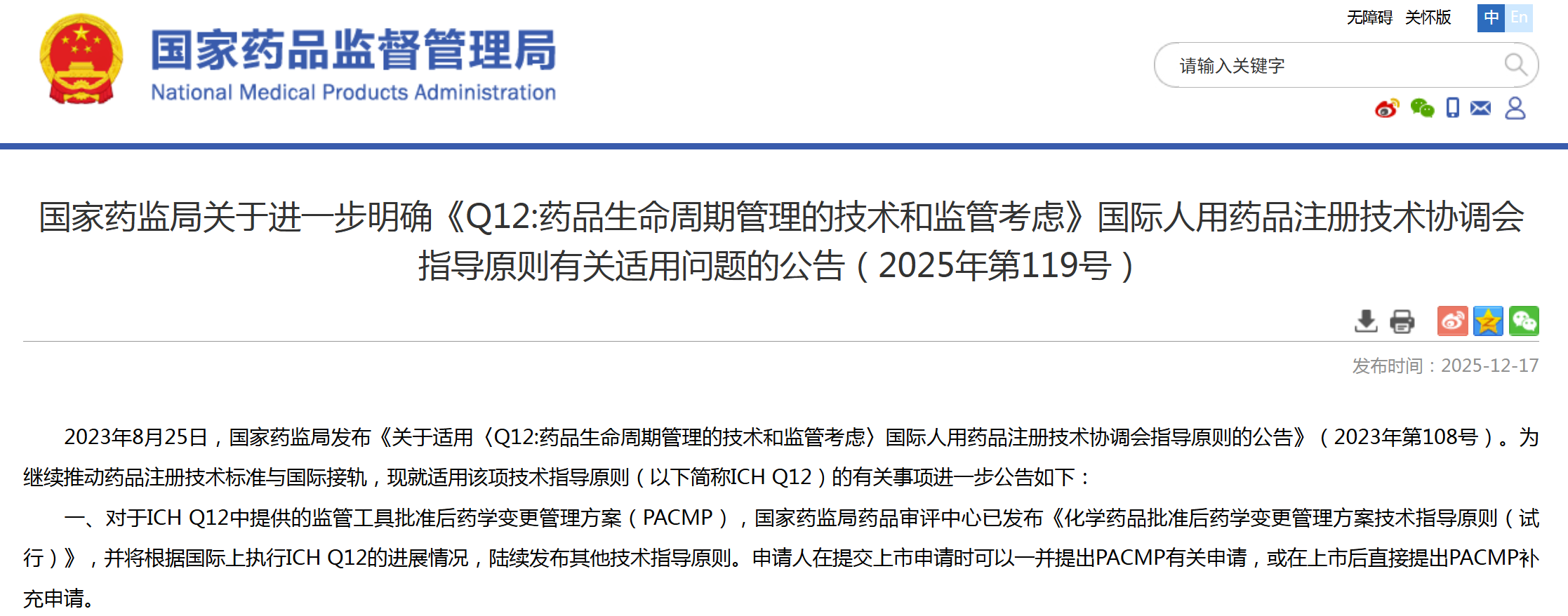 资讯
资讯 国家药监局进一步明确《Q12:药品生命周期管理的技术和监管考虑》国际人用药品注册技术协调会指导原则的适用问题
对于ICH Q12中提供的监管工具批准后药学变更管理方案(PACMP),国家药监局药品审评中心已发布《化学药品批准后药学变更管理方案技术指导原则(试行)》,并将根据国际上执行IC...
2025-12-20 10:46
 资讯
资讯 特朗普宣布与安进、BMS等九家跨国药企达成协议,药价大幅降低
据当地时间周五美国白宫发布的消息,美国总统特朗普宣布与九家制药公司达成协议,这是一系列相关协议中的最新一批,这些协议旨在以降低部分美国人的药品价格来换取三年关税宽限期。
2025-12-20 10:29
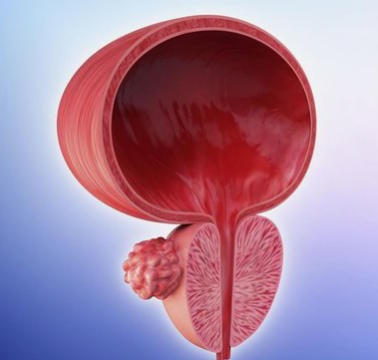 资讯
资讯 备思复联合帕博利珠单抗显著改善肌层浸润性膀胱癌患者的生存期,无论患者能否耐受顺铂
思复联合帕博利珠单抗成为首个且目前唯一不含铂类化疗的治疗方案,在顺铂耐受肌层浸润性膀胱癌患者膀胱切除术前后使用中,可改善无事件生存期和总生存期
2025-12-19 15:37
 资讯
资讯 我国60岁以上听损老人逾2000万
60岁及以上老年人群的听力损失患病率在各个年龄段当中居于首位,高达11 04%,据此推算,我国患听力损失的60岁以上老年人至少2000万人。约1 3的65岁以上老年人伴有听力残疾,约...
2025-12-18 21:44
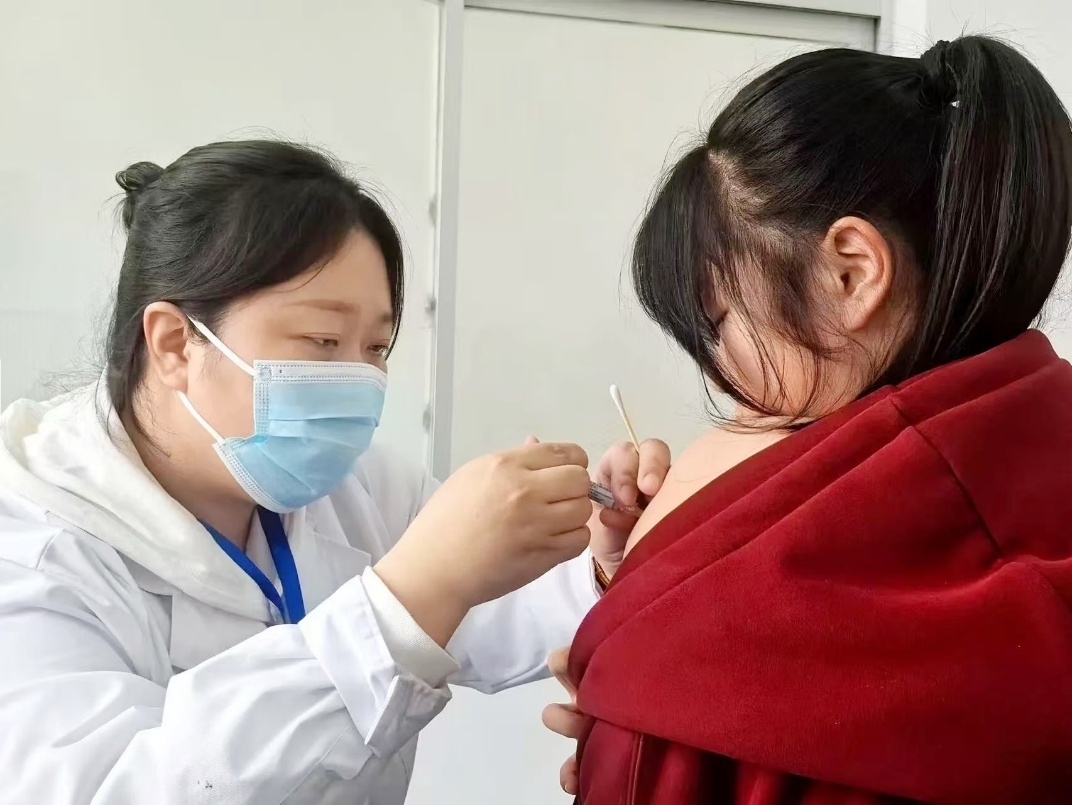 资讯
资讯 中国低卫生资源地区宫颈癌综合防控项目在内蒙古敖汉旗落地,筑牢抵御宫颈癌的防线
由中国癌症基金会发起、默沙东(默沙东是美国新泽西州 肯尼沃斯市默克公司的公司商号)支持的中国低卫生资源地区宫颈癌综合防控项目于内蒙古自治区赤峰市敖汉旗正式落地
2025-12-18 16:23
 资讯
资讯 安斯泰来将在2026年ASCO胃肠道癌症研讨会(ASCO GI)上公布其胃肠道肿瘤产品管线的最新临床数据
2期ILUSTRO研究评估佐妥昔单抗三药联合方案用于一线晚期胃癌和胃食管结合部(G GEJ)癌的队列结果入选最新突破性口头报告
2025-12-18 12:53
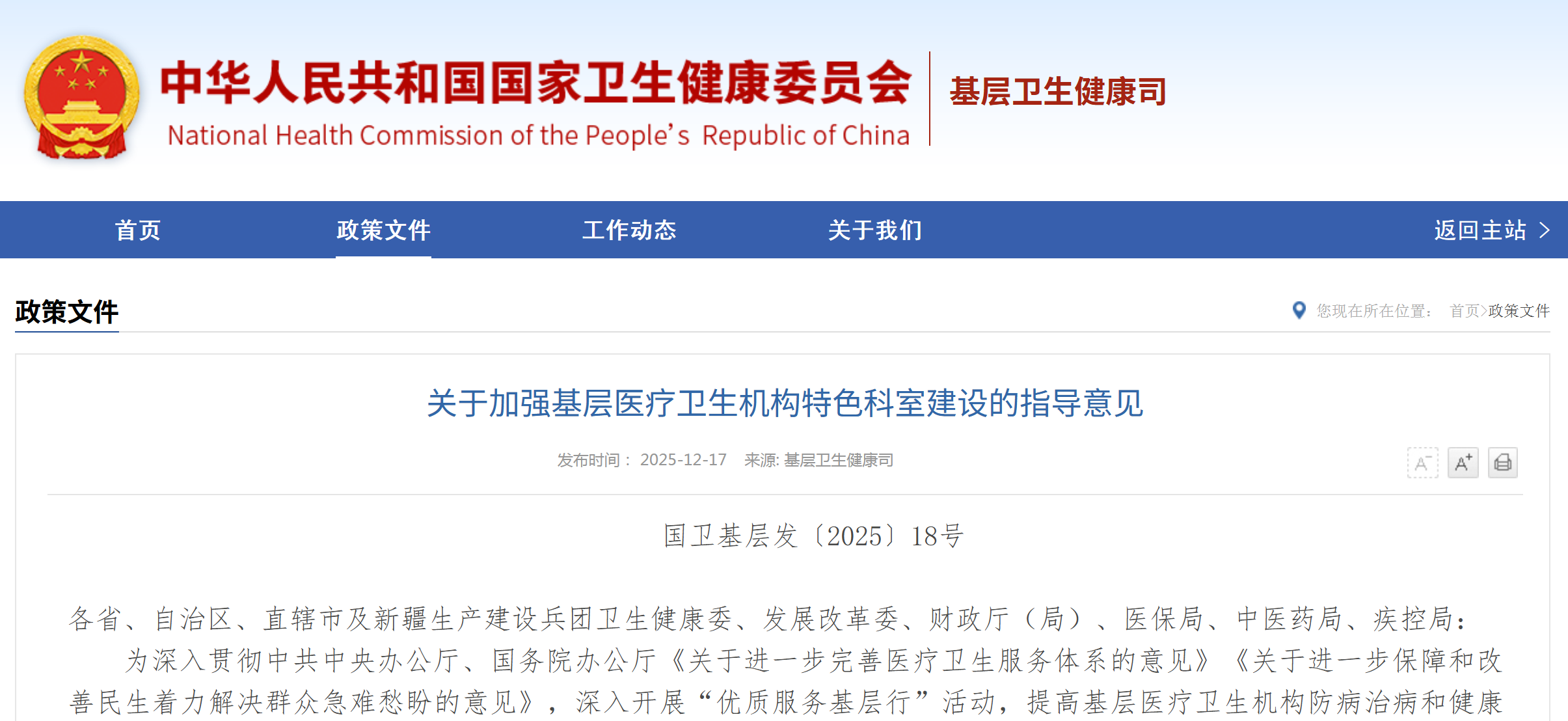 资讯
资讯 加强基层医疗卫生机构儿科、妇科、康复医学科、精神(心理)科、五官(口腔)科等特色科室建设
在加强基层医疗卫生机构全科医疗科、中医科、预防保健科等业务及医技科室建设的基础上,综合考虑辖区居民健康需求、人口老龄化、区域医疗卫生资源布局等因素,重点加强若干临床...
2025-12-17 20:03
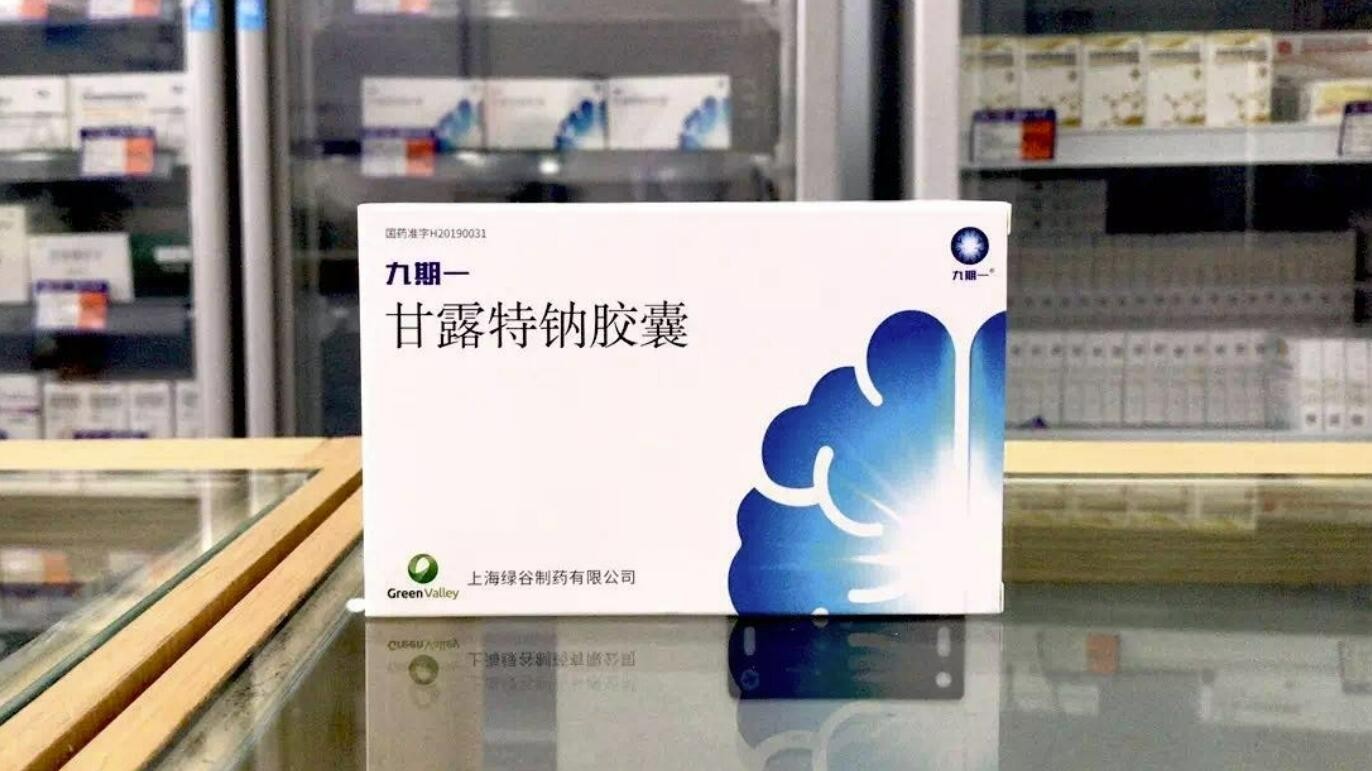 资讯
资讯 复星医药14.12亿元收购绿谷医药,要再启“九期一”
12月15日,复星医药发布公告称,控股子公司复星医药产业拟出资共计14 12亿元控股投资绿谷医药。资金来源为拟以自筹资金支付本次收购的对价。
2025-12-16 22:40
 资讯
资讯 安领科生物完成近 5000 万美元 A 轮追加融资,加速 ADC 全球临床与技术平台创新
本轮融资由老股东君联资本与新晋投资方美团龙珠联合领投,蓝驰创投、元生创投、五源资本等多家知名新老股东跟投
2025-12-16 11:28
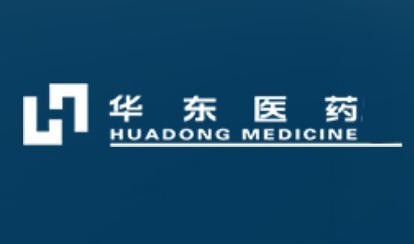 资讯
资讯 华东医药“双喜临门”!GLP-1/GIP双靶点减重药II期数据亮眼,MUC17 ADC创新药获FDA孤儿药认定
创新多肽类人GLP-1(胰高血糖素样肽-1)受体和GIP受体(葡萄糖依赖性促胰岛素多肽)的双靶点长效激动剂HDM1005注射液在体重管理适应症中国II期临床试验中取得了积极结果
2025-12-15 17:13
 资讯
资讯 自2028年起,每年3月底前完成上年度清算,国家医保局发布《医保基金清算提质增效三年行动计划》
自2028年起,实现每年3月底前完成上年度清算,清算资金占年度医保基金拨付的3%左右,推进季度清算等创新模式。
2025-12-15 10:29
 资讯
资讯 远大赛威信六价诺如疫苗研发持续推进,直指百亿元市场
该疫苗是目前全球临床进展最快的六价诺如疫苗,采用先进的重组病毒样颗粒(VLP)技术,涵盖了六个全球高流行基因型别,理论覆盖范围可超全球90%的诺如病毒流行株
2025-12-14 13:15


